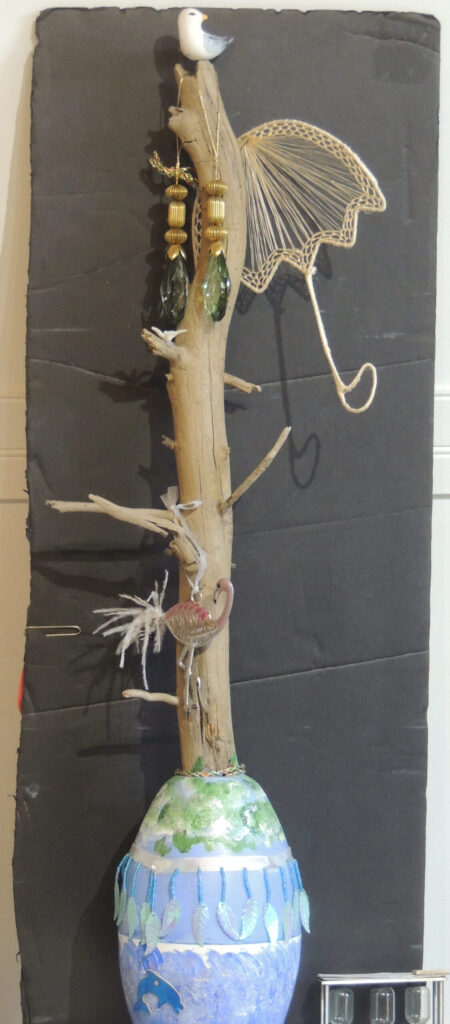Artifacts = ART-if-ACTS
Random Acts of H’Art
Sometimes it’s fun playing with words as if they were Lego, or like those bricks, deconstructing them into component parts. Words don’t always interlock as perfectly as the colourful bits, but they don’t cause curses when they accost your feet at night.
But this construction, deconstruction, is it art? There was a time when that was a valid question. Even the old Snoopy cartoons asked that question ironically. No one had a ready answer, except perhaps recent art school grads.
Today, however, the definition of art seems much wider and people are afraid to ask, ‘But is it art?’ lest someone’s feelings get out of joint. We’ve now had several million dollar creations that consist of ancient geometric shapes and varying colours.
For me, art is not just seeing, but observing. Then making something new and innovative from one’s reaction. Or rearranging something already in existence.
Innovation—another name for mistakes made good.
People see different things when they view art pieces. At the recent Ribbon show at Armstrong Spallumcheen Gallery, my 3D piece was meant as commentary on the alarming lack of time left to clean up the planet. The base was a marine float, painted like the ocean. I slid a dead branch inside the aperture for ropes, with twigs outstretched on which I sat birds and other artifacts. A volunteer commented, “I hope people see the humour in it.”
Humour? “Where do you see the humour?”
“Well, it’s an egg,” she countered.
Right she was, and even robin’s egg blue. I hadn’t even made that connection, even with the birds. Maybe it was, as the French say, an objet d’amuse. Turned out to be not so profound, but an artifact to entertain, maybe divert.
But is it art? Art makes you feel something—it’s Art if it Acts on you, if you recover a memory, receive inspiration or gain empathy.
Some artists have advised minimalism, used to advantage. The less of a statement made by the artist enables viewers to project their own experience onto the piece. To me, that misses the point. If you want viewers to project their own experience, give them a blank screen. Or a blank canvas.
After all, our art object is our statement to the world, the expression of personal ideas. Nothing wrong with that. Our body of work is composed of artifacts that express our life and add up to more than their sum—i.e. they hold Gestalt. And in that function, artistic expression has the power to heal, to challenge our inner conversations, even when politically incorrect. It expresses the inexpressible using visuals, written notes, or dance. It can change our own or others’ perception.
So go ahead and make connections with people and artifacts. Trying to reflect on our frantic world is hard enough, but juxtaposing that with our intangibles takes creative power. That spark of creativity can ignite more widespread insight, and complete with good intentions, those new ideas could actually save the world.
